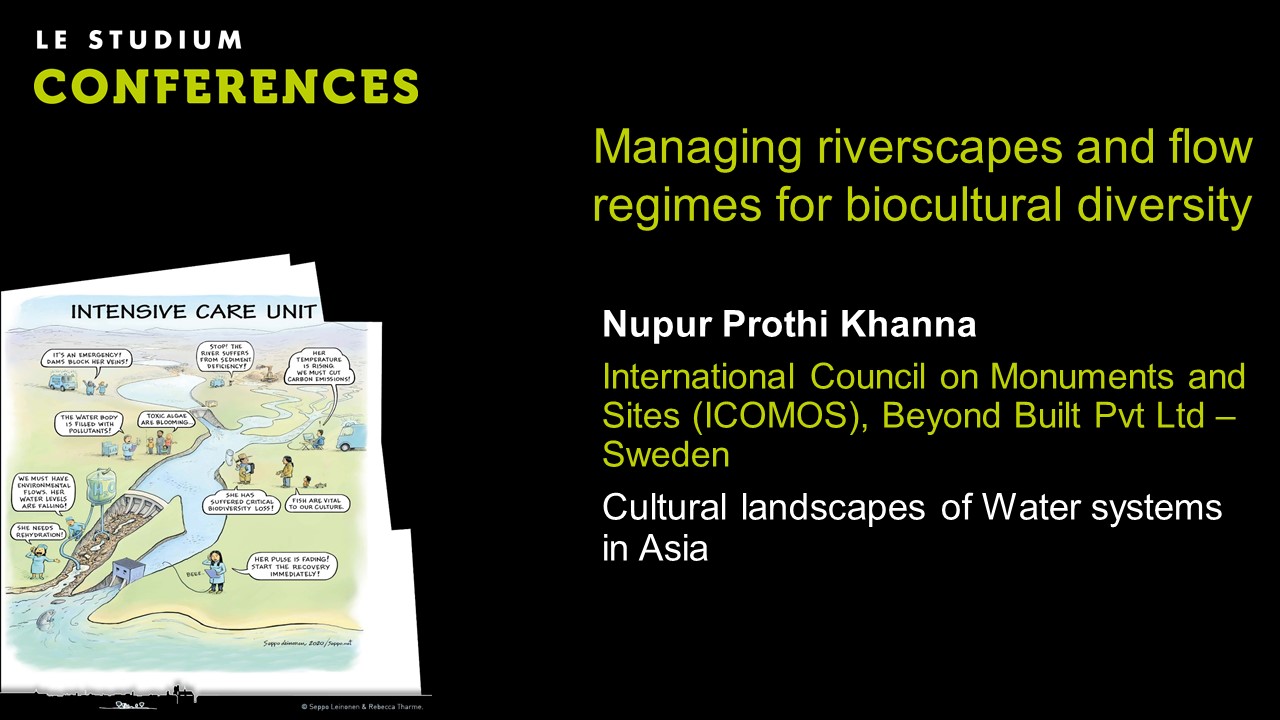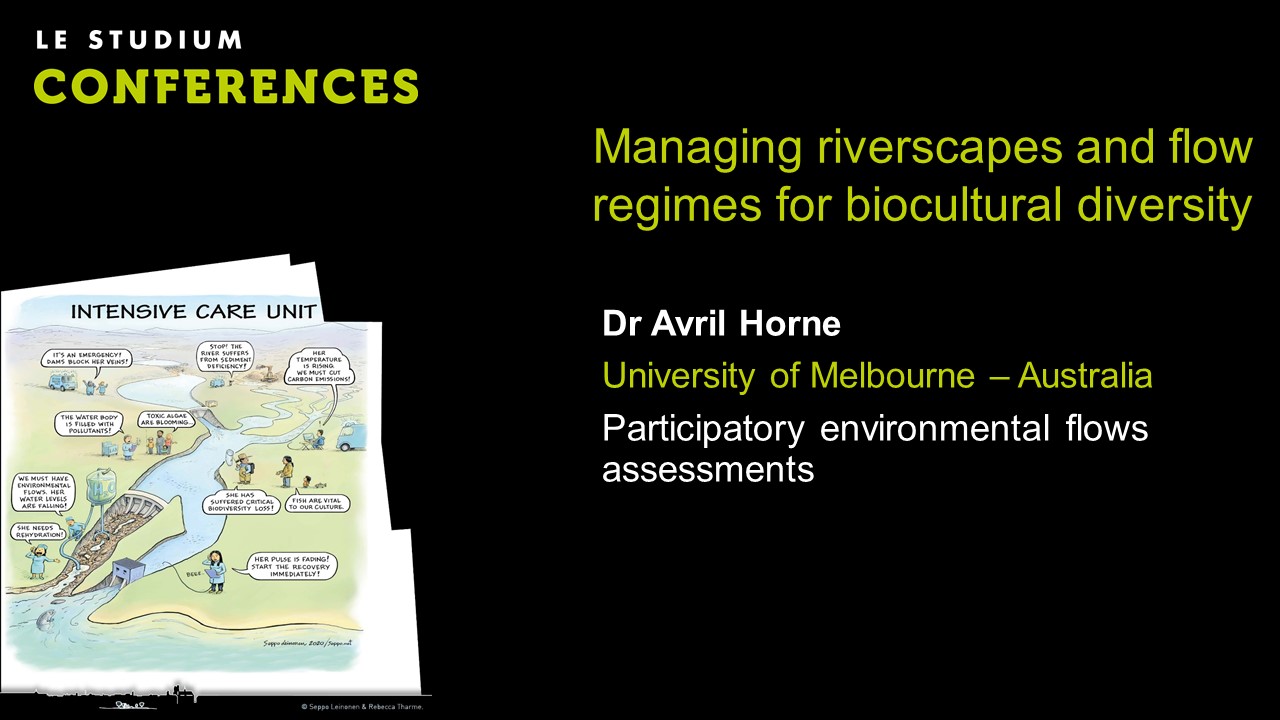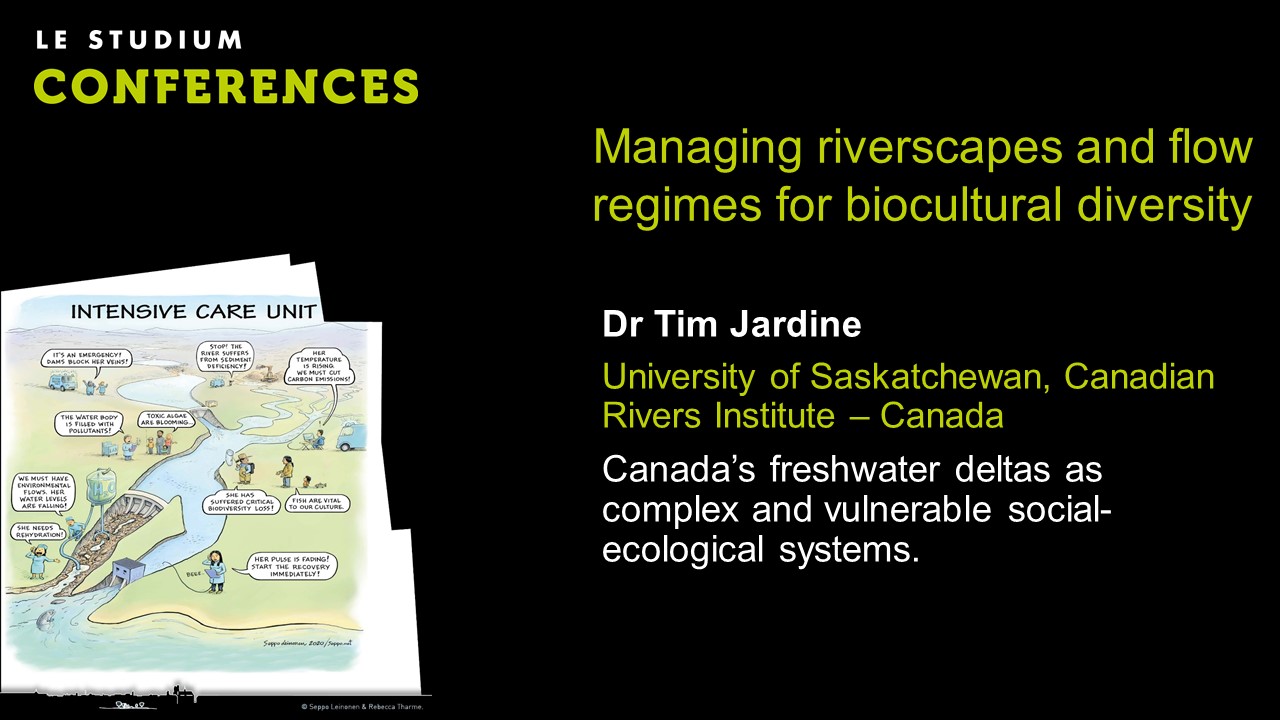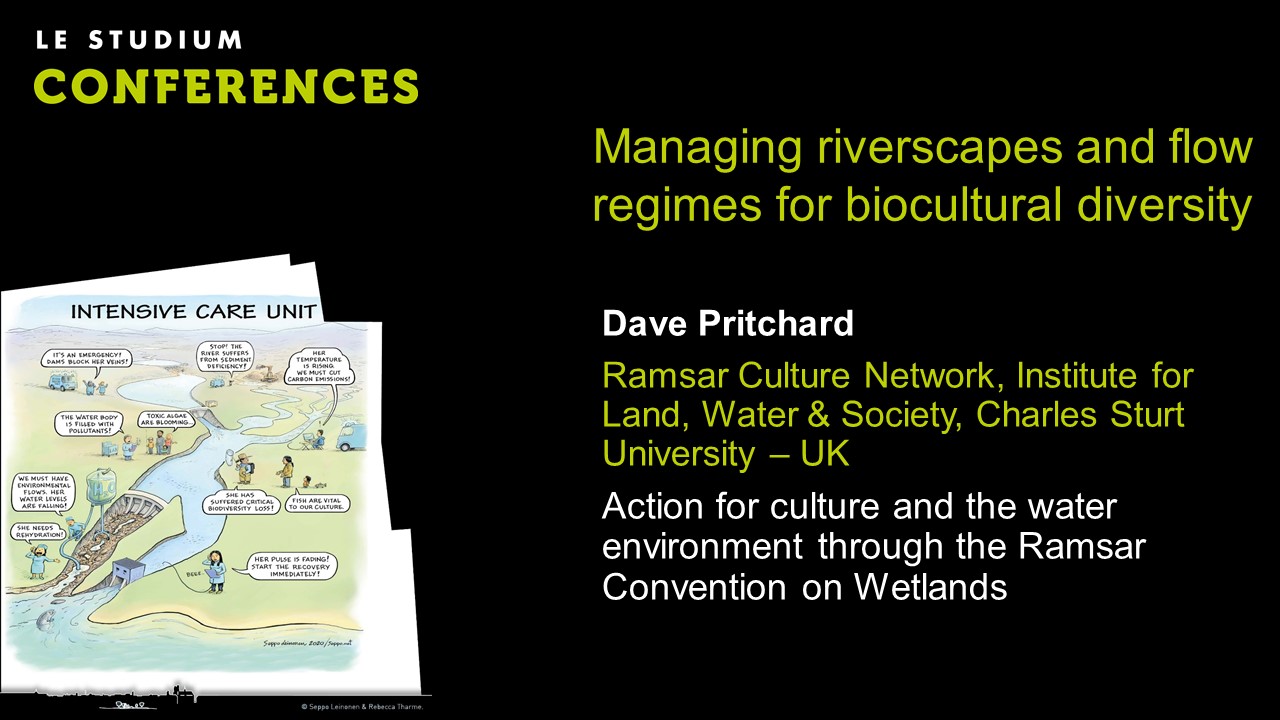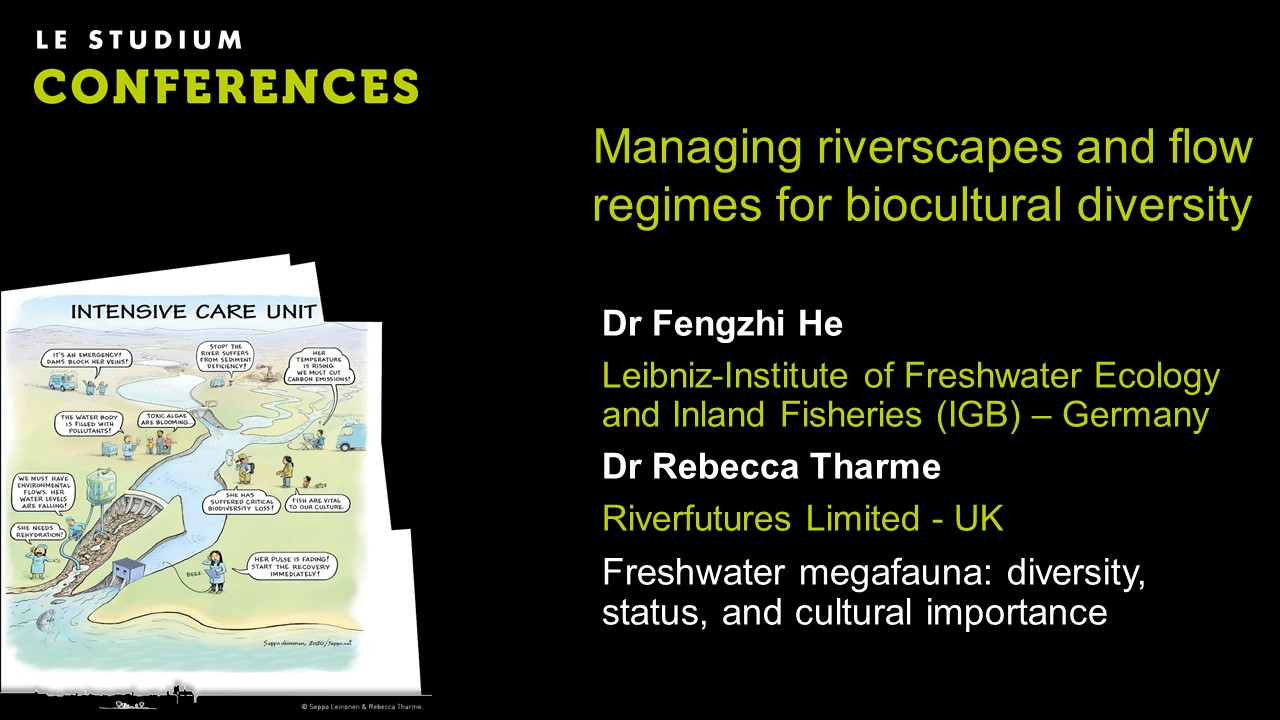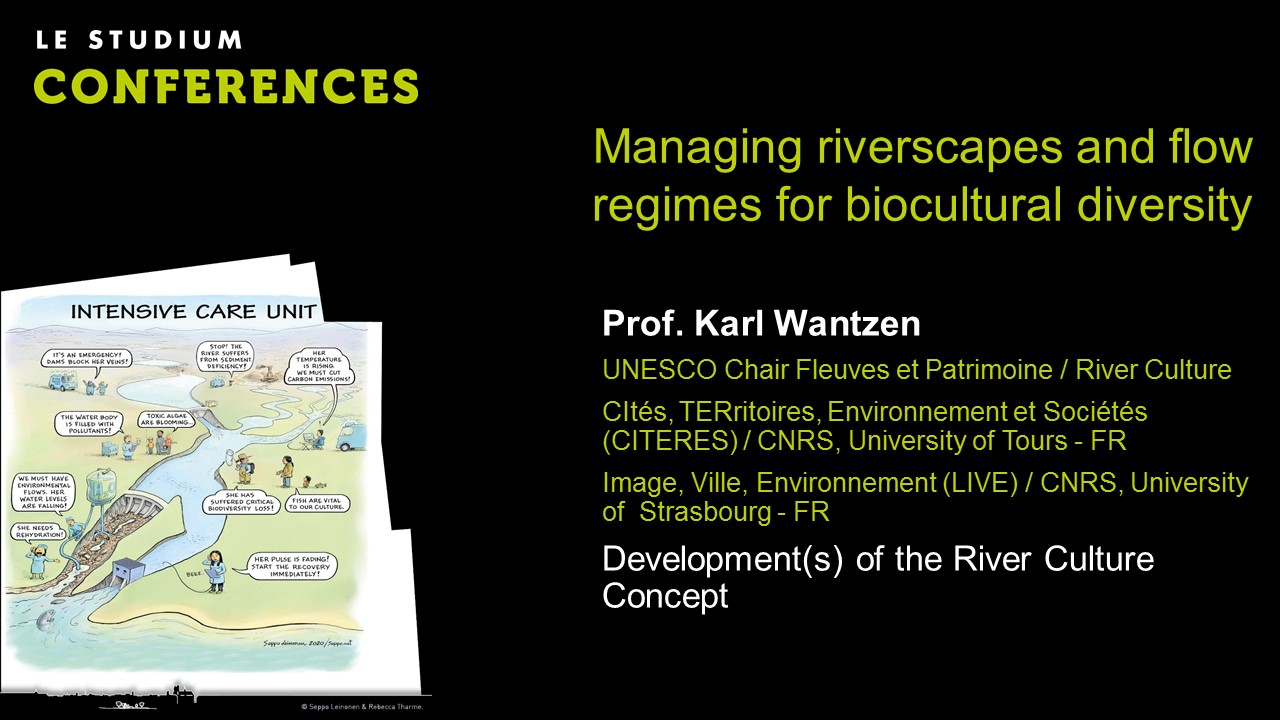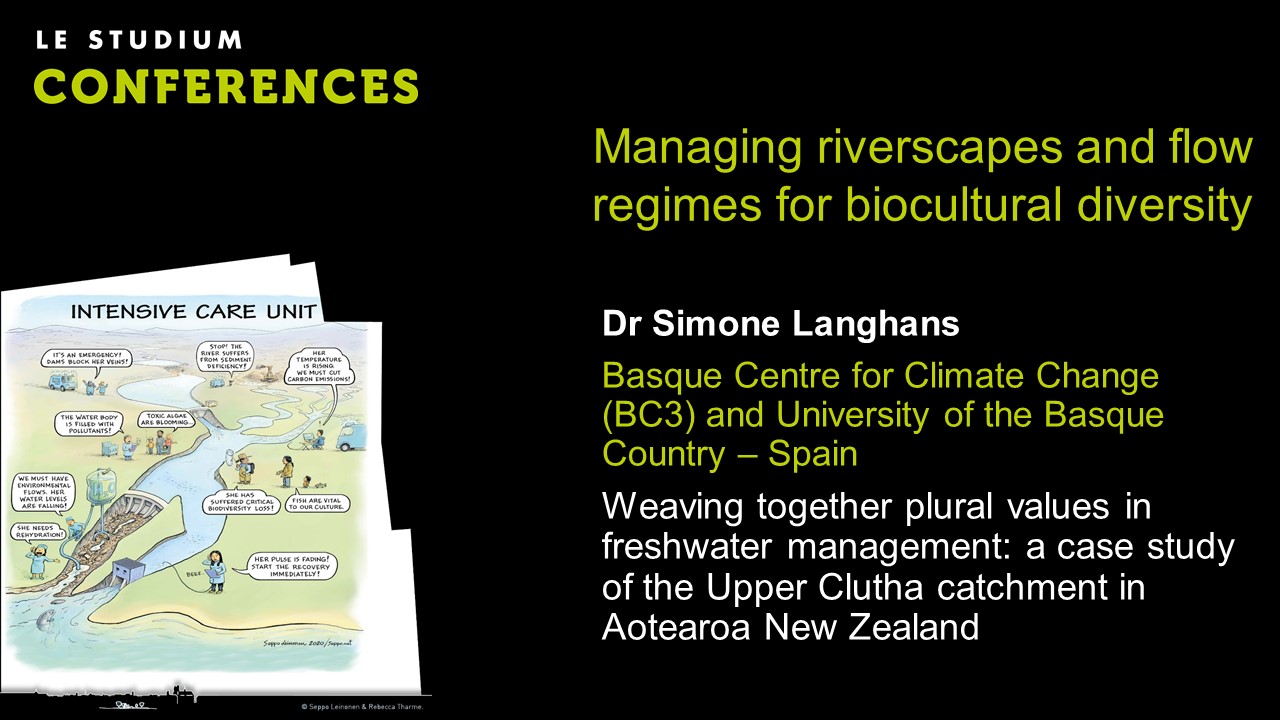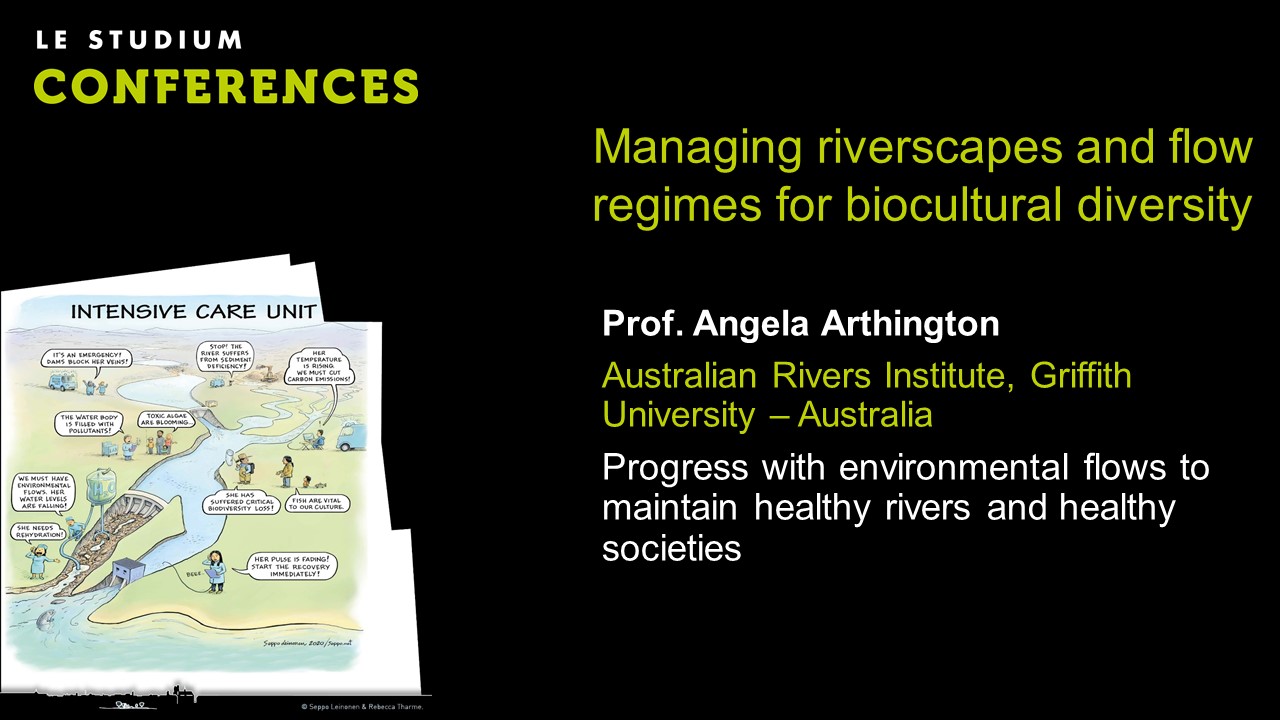Notice
Dr Nathalie Richards - From the Mau Forest to Lake Victoria: The Journey of the Mara River in East Africa
- document 1 document 2 document 3
- niveau 1 niveau 2 niveau 3
Descriptif
The Mara River starts its journey in theMau forest in Kenya, flowing through diverse waterscapes and famous savannahsinto Tanzania, where it reaches the Mara wetland system before spilling intoLake Victoria. The landscapes surrounding the Mara River are shaped by theseasonality of its flows. Its exceptional flora and fauna follow the rhythm ofwater availability, and human inhabitants have adapted to and influenced theecosystem services provided by the local environment. For millennia and moreintensively in the past centuries, different peoples have been inspired by theriver ecosystem to give meaning, and create culture and livelihoods adapted totheir environment. In the Mau forest where the Mara River starts its journey,the Ogieks have been protecting trees providing sources to the river; in thesavannahs of the current Maasai Mara and Serengeti, Maasai people have beenliving in harmony with wildlife, adopting a nomadic lifestyle; in the Wetlandsof the Mara, fishing communities regulate practice rituals linked to thelandscape of the lower Mara.
Threats to the Mara River have beenincreasing and affecting the quality and quantity of river flows. Climatechange, colonisation, land tenure changes, intensification of agricultural andfishing methods, increased human pollution, and a lack of governance are someof the main causes of the degradation of the river. Current efforts areaddressing governance, improving monitoring of flows and allocation of water,with the objective of improving the environmental, economic and socialsustainability of the Mara River Basin.
Thème
Dans la même collection
-
Dr Erin O'Donnell - Reshaping the human relationship with water: what happens when a river becomes …
Globally, the status of rivers in law is changing rapidly, as rivers themselves are beginning to receive legal rights. This growing transnational movement accelerated in 2017 with the recognition of
-
Nupur Prothi Khanna - Cultural landscapes of Water systems in Asia
In this ‘SDG Decade of Action” we are aiming to facilitate a nature-culture orientation related to water wisdom with a focus on our young citizens. Traditional knowledge related to water has
-
Dr Avril Horne - Participatory environmental flows assessments
Several of the key challenges to implementing environmental flows are related to the social and political context of environmental flows projects. These include community acceptance and buy in,
-
Dr Tim Jardine - Canada’s freshwater deltas as complex and vulnerable social-ecological systems.
In north-western Canada, glacial retreat left behind large lakes that led to the development of three massive freshwater deltas (Peace-Athabasca, Slave and Saskatchewan). The productivity of these
-
Adapting social-cultural-environmental flows for cold regions.
In northern regions, many rivers remain ice-covered for a period of three to six months and have two distinct low flow periods: mid-winter and mid to late summer.
-
Dave Pritchard - Action for culture and the water environment through the Ramsar Convention on Wetl…
The intergovernmental Ramsar Convention on Wetlands celebrates its 50th anniversary this year. Its global treaty provisions and conservation policy frameworks have always been based on the best
-
Dr Tim Badman - Natureculture approaches in the World Heritage Convention, and beyond.
This paper will provide a review of work being undertaken to bring together the consideration of nature and culture in policies, programmes and practices of the World Heritage Convention, and a
-
Freshwater megafauna: diversity, status, and cultural importance
By Dr Fengzhi He and Dr Rebecca Tharme : Megafauna species play important ecological roles. Owing to their intrinsic characteristics such as large habitat requirements, long lifespan, and late
-
Prof. Karl Wantzen - Development(s) of the River Culture Concept
Rivers give rhythm to all life in their catchments. Floods and droughts trigger both, etho-physiological adaptations by biota, resulting in biodiversity, and one species, H. sapiens, resulting in
-
Dr Simone Langhans - Weaving together plural values in freshwater management: a case study of the U…
Public participation is an effective way to resolve the tensions between contested objectives, while maintaining ecological integrity. New Zealand is one of the few countries that takes a
-
Prof. Angela Arthington - Progress with environmental flows to maintain healthy rivers and healthy …
The science and practical applications of environmental flows (e-flows) have advanced rapidly since the early 1980s. E-flows serve as a means to protect the flow regimes and ecosystems of


